[content_slider]
[content_slide]
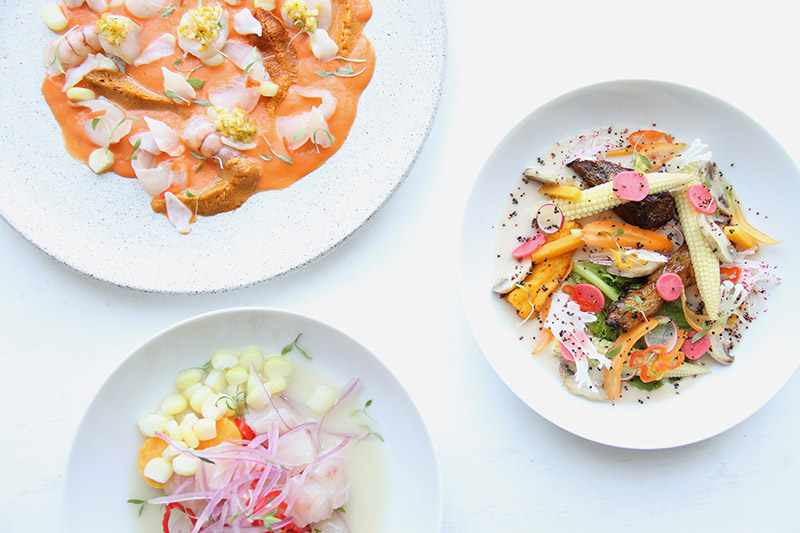
[/content_slide]
[content_slide]
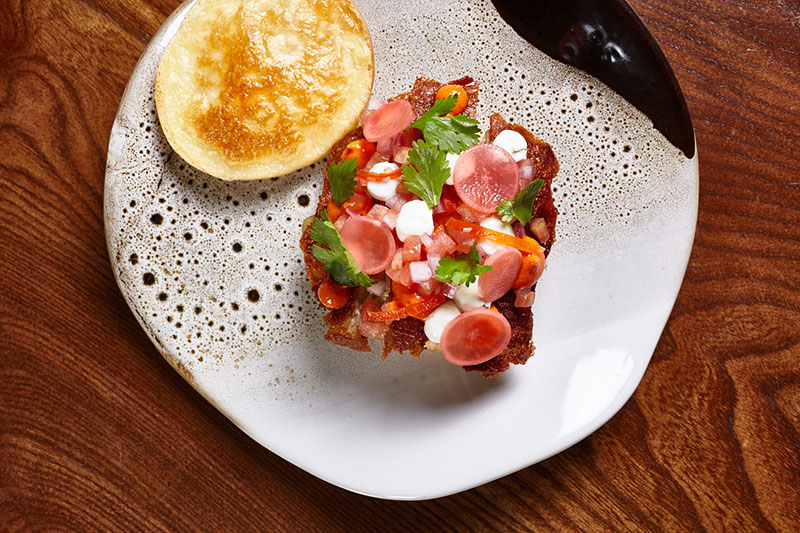
[/content_slide]
[content_slide]
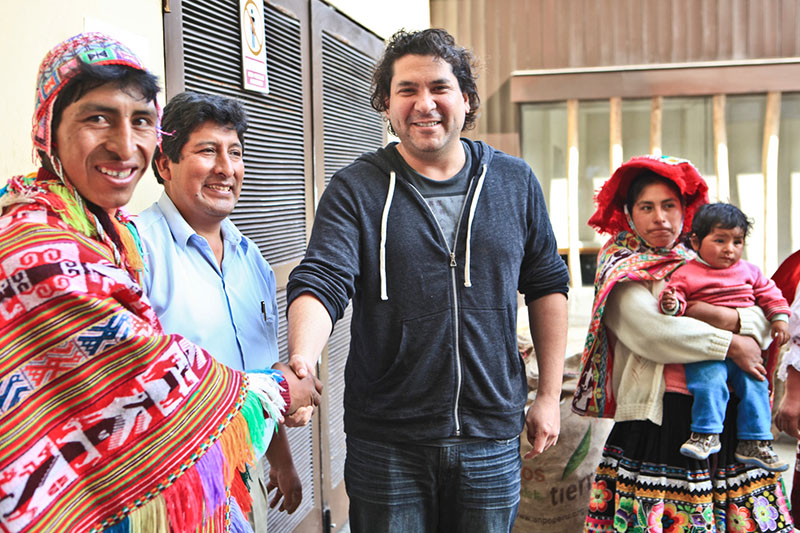
[/content_slide]
[content_slide]
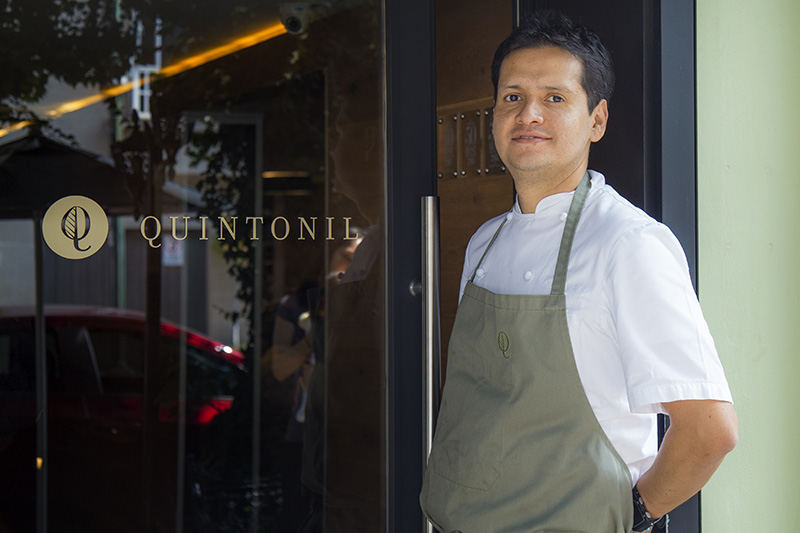
[/content_slide]
[content_slide]
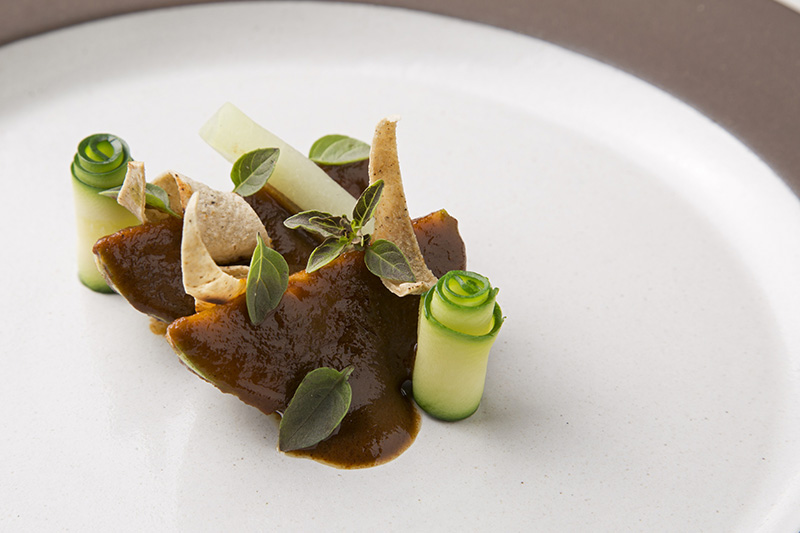
[/content_slide]
[/content_slider]
MELBOURNE | As you probably know, the World’s 50 Best Restaurant Awards are coming to Melbourne this year, and will see many of the world’s top chefs and food personalities descending on the city. It coincides with this year’s Melbourne Food & Wine Festival, which means there are some pretty impressive MasterClasses on the horizon. There’s the Restaurant Express lunches, and all kinds of things going on across the city from 31 March to 9 April.
Unfortunately it’s too late to get in on the ‘taste’ MasterClasses, but there are still tickets left for some of the ‘watch’ events. Here’s what you need to know about what’s still available – our picks are David Thompson, Jorge Vallego and Gaston Acurio.
Jorge Vallego, Quintonil (Ranked #12)
Celebrating indigenous ingredients, Jorge is so concerned with sustainability and keeping his carbon footprint low that many of the ingredients he uses in his restaurant are sourced from within 30 metres of his kitchen. It makes for an impressive garden at Quintonil and an exciting menu that places greens and vegetables at its centre.
A champion of Mexico and its native produce, Vallejo says that although the dishes at Quintonil may not reflect traditional recipes, Mexico is represented through the produce used – such as cactus, mamey fruit and plantains. Vallejo owns Quintonil with his wife, and has trained in some of the world’s best restaurants, including Pujol in Mexico City and Noma in Copenhagen.
Gastón Acurio, Astrid y Gaston (Ranked #30)
With a growing empire of over 40 restaurants in 12 countries, from fine diners to those hawking anticuchos (grilled cow hearts), Acurio has almost single-handedly put Peruvian food on the map.
Drawing inspiration from both the ancient and the contemporary, his food is reflective of the rich cultural diversity of his country. His flagship restaurant Astrid y Gaston is No. 30 in the 2016 World’s 50 Best Restaurant list and features dishes such as “peking guinea pig” with purple corn pancakes and rocoto chilli and hoisin sauce; octopus ceviche; and lucuma ice-cream.
David Thompson, Nahm (Ranked #37)
Hailing from Sydney with training in classical French cuisine, Thompson first visited and fell in love with Thailand in the 1980s and has never looked back. Dedicated to the pursuit of authenticity, he set about learning all he could – even the language, so he could research ancient Thai recipes.
After a short stint living in Thailand, Thompson made a name for himself during the 90s with Sydney’s Darley Street Thai and Sailors Thai, before moving to London to open Nahm. Londoners had never seen anything like Nahm before, and within six months of opening, it became the first Thai restaurant to earn a Michelin star.
Wylie Dufresne, wd~50
Known for his risky flavour combinations and playful take on familiar ingredients, his New York restaurant wd~50 was a landmark institution in New York and was twice ranked in the World’s 50 Best Restaurant list (No 34 in 2005 and No 45 in 2010).
Driven by a wild inventiveness, his signature dishes include deconstructed Eggs Benedict (fried hollandaise, yolks cooked sous-vide, bacon wisps and English muffin crumbs), pickled beef tongue with fried mayonnaise; coconut and carrot plated to look like a fried egg; and ‘Everything-Bagel Ice Cream’.
Zaiyu Hasegawa, Den (Ranked #77)
Rooted in Japanese tradition but not restrained by it, what drives Hasegawa’s cuisine is a simple desire to bring joy to the people he cooks for.
His modern kaiseki – a traditional multi-course dinner involving small intricate dishes – is served with creative flair and a whimsical sense of humour. This can be found in chef’s trademark “Dentucky Fried Chicken” served in a comical faux-Kentucky Fried Chicken box, or a smiley face carved into a slice of carrot hidden in a colorful salad.
Carlo Cracco, Ristorante Cracco
Chef-owner of Milan’s Ristorante Cracco, and judge on MasterChef Italia, Cracco is considered a pioneer of progressive Italian cooking. Cracco has trained under both French and Italian masters, including Alain Ducasse, Lucas Carton and Gualtiero Marchesi, whose restaurant was the first in Italy to be awarded three Michelin stars.
His dishes all have origins in tradition but have been reinvented and modernised, playing on contrasts of textures, flavours and colours. Take his Milanese Cotoletta, which is more like veal carpaccio than the traditional heavy breaded cutlet; or his Egg Yolk Tagliolini, which is not pasta but cured egg yolks cut into pasta-like strands, marinated and topped with shaved white truffle.
To book tickets, head over to the MFWF 2017 website.

